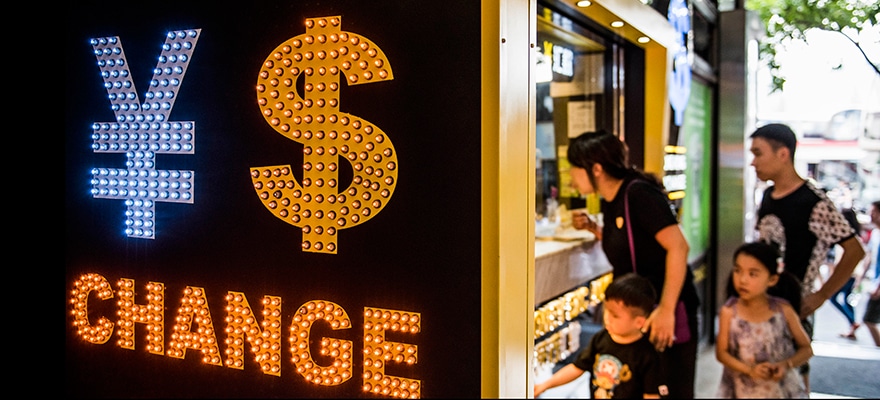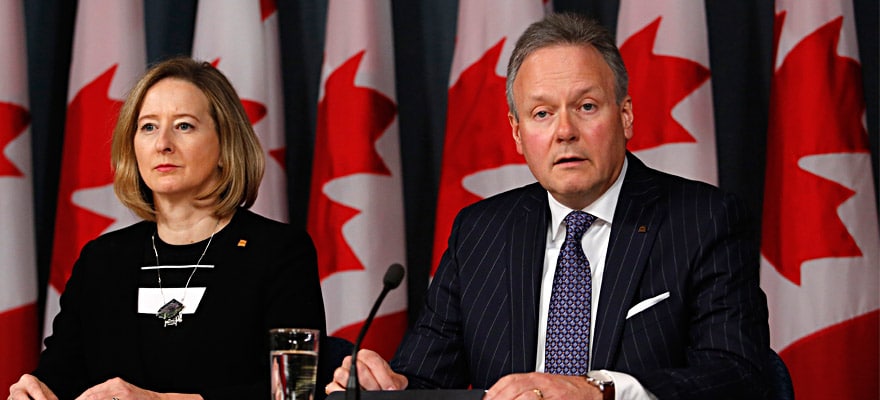The Chinese currency is called the ‘renminbi’, and each unit is called a ‘yuan’ – however the term yuan can also be used to refer to the currency generally. Renminbi is to yuan as sterling is to pound. The yuan is divided into two classes – the onshore yuan, CNY, and the offshore yuan, CNH. The CNY and CNH trade at different Exchange rates. Both rates are controlled by the People’s Bank of China.
The yuan was pegged to the US dollar, at a flat rate of 8.27 yuan per USD, until 2005 when the peg was lifted and the currency was revalued to 8.11 yuan/USD. The Chinese government began to internationalise the yuan by making foreign trade in the currency more efficient and flexible. Since 2006, the renminbi has been allowed to float in a narrow band around a fixed base rate determined by reference to a basket of world currencies. This is called a managed floating exchange rate system. Under this system the yuan moves based on supply and demand, but the price is then reset the next day.
Under the current exchange rate policy, the yuan is allowed to trade in a 4% band, 2% above or below the PBOC’s daily fix to the USD. Until recently, the Bank would ignore the previous day’s trading when setting the new day’s price fix. However on Thursday, August 11, the PBOC allowed the yuan to devalue by 1.9%. The Bank announced they adjusted the method by which they fix the rate to now take the previous day’s trading into consideration.
This means market forces of supply and demand will have greater influence on the price of yuan. This is one step in China’s long term goal of having the renminbi viewed as a global reserve currency. The following day the PBOC again allowed the previous day’s supply and demand pressures to influence where the price was set and the yuan was devalued a further 1.6%. One USD currently buys about 6.4 CNY.
Going forward the PBOC will set the daily exchange rate at the previous day’s close. This will increase Volatility in the currency, compared with the prior system, however the yuan will still remain pegged to the USD and allowed to fluctuate only within 2% of the daily fix.
Being pegged to the USD meant that the yuan had been appreciating against most major currencies due to the USD appreciating in anticipation of interest rate increases. The PBOC saw this as out of line with natural market forces, and an unnecessary burden on Chinese exports. The new fixing regime will likely see the Chinese yuan trade at a price more in line with economic fundamentals.

















